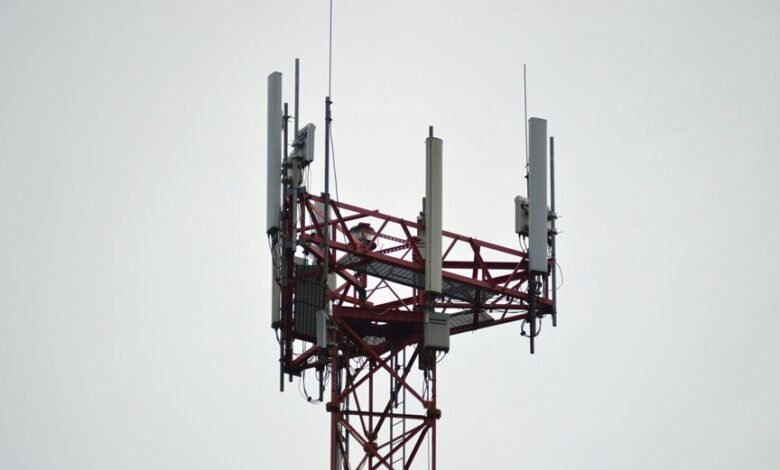7587 Busy Signal Frequency Tracking

7587 Busy Signal Frequency Tracking plays a crucial role in modern telecommunications. It involves analyzing call traffic patterns to identify congestion points. This process allows network operators to optimize resource allocation effectively. By monitoring busy signal frequencies, telecom systems can enhance service reliability. However, the implications of this tracking extend beyond mere connectivity. The nuances of how these frequencies influence user experience merit further exploration.
Understanding Busy Signals and Their Frequencies
Although busy signals are often perceived as mere interruptions in communication, they represent a critical aspect of telecommunication systems.
Busy signal analysis reveals intricate frequency patterns that help identify network congestion. By examining these patterns, engineers can enhance system efficiency and improve user experience.
Understanding the underlying frequency mechanisms empowers users to navigate telecommunications more effectively, thus fostering a sense of freedom in communication choices.
The Role of 7587 Busy Signal Frequency Tracking in Telecommunications
While telecommunications systems continuously evolve, the significance of 7587 busy signal frequency tracking remains paramount for maintaining efficient network operations.
This process involves frequency analysis to identify patterns in call traffic, enabling telecommunications optimization. By accurately monitoring busy signals, providers can enhance resource allocation and improve user experience, thus ensuring that network demands are met effectively while maintaining operational integrity.
Benefits of Optimizing Call Traffic Management
Optimizing call traffic management offers several critical advantages that enhance overall telecommunications efficiency.
Effective resource allocation minimizes congestion, ensuring seamless connectivity and reducing the incidence of busy signals.
By strategically managing call traffic, telecommunications providers can improve service reliability and scalability, enabling them to meet growing customer demands while maximizing operational performance.
This optimization fosters a more responsive and adaptable communication environment.
Impact on User Experience and Communication Efficiency
The management of call traffic directly influences user experience and communication efficiency within telecommunications networks.
Call congestion leads to increased user frustration, diminishing the ability to connect effectively. As users encounter busy signals frequently, their overall satisfaction declines, resulting in potential shifts towards alternative communication platforms.
Optimizing call traffic management is crucial for enhancing user experience and maintaining efficient communication channels.
Conclusion
In conclusion, 7587 busy signal frequency tracking emerges as the unsung hero of telecommunications, transforming chaotic call traffic into a symphony of seamless connectivity. By meticulously analyzing and optimizing busy signal frequencies, network operators can elevate user experiences from mere satisfaction to euphoric delight. This vital process not only ensures uninterrupted communication but also bolsters customer loyalty to stratospheric heights, ultimately paving the way for a future where connectivity is as reliable as the rising sun.



